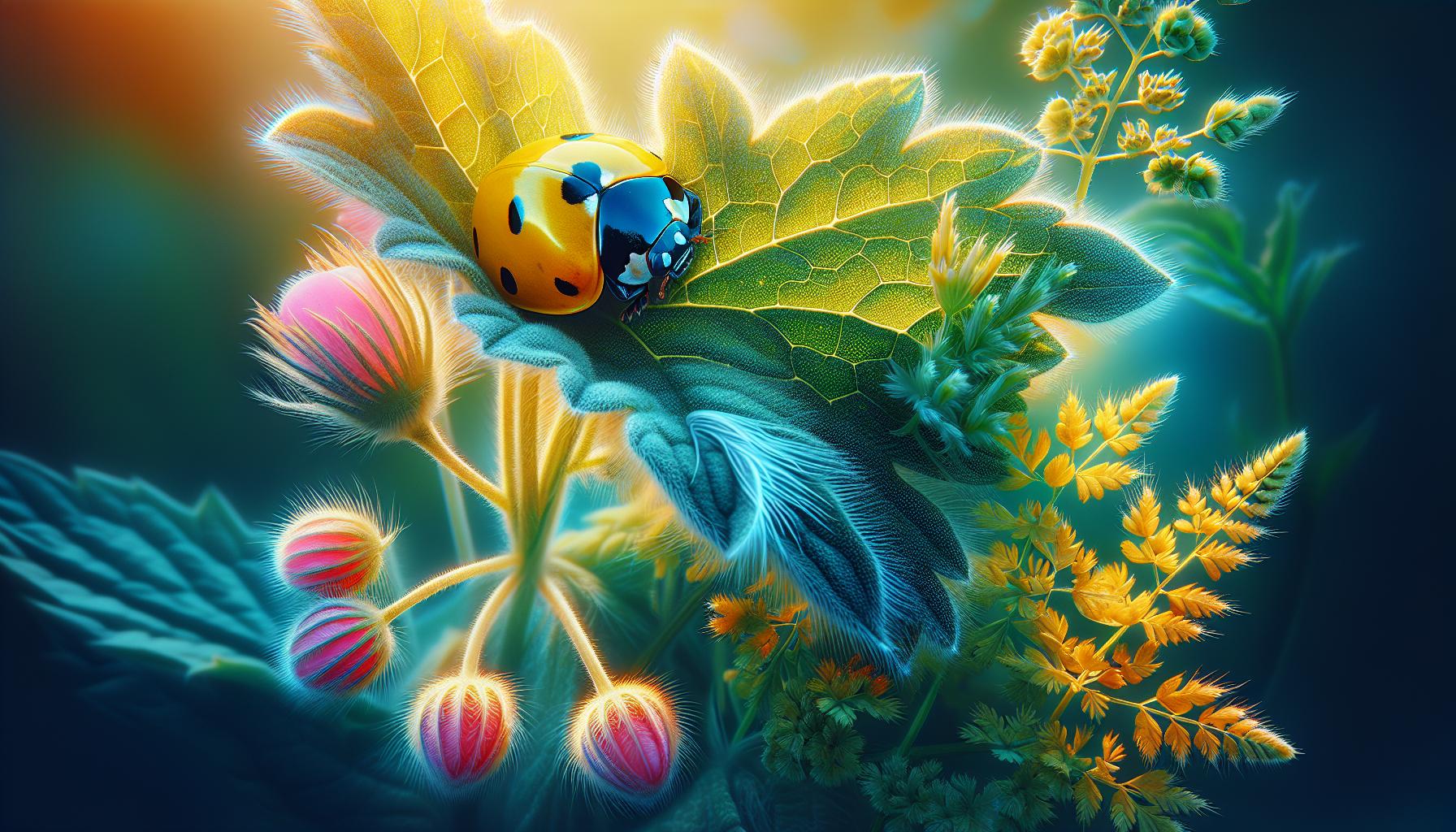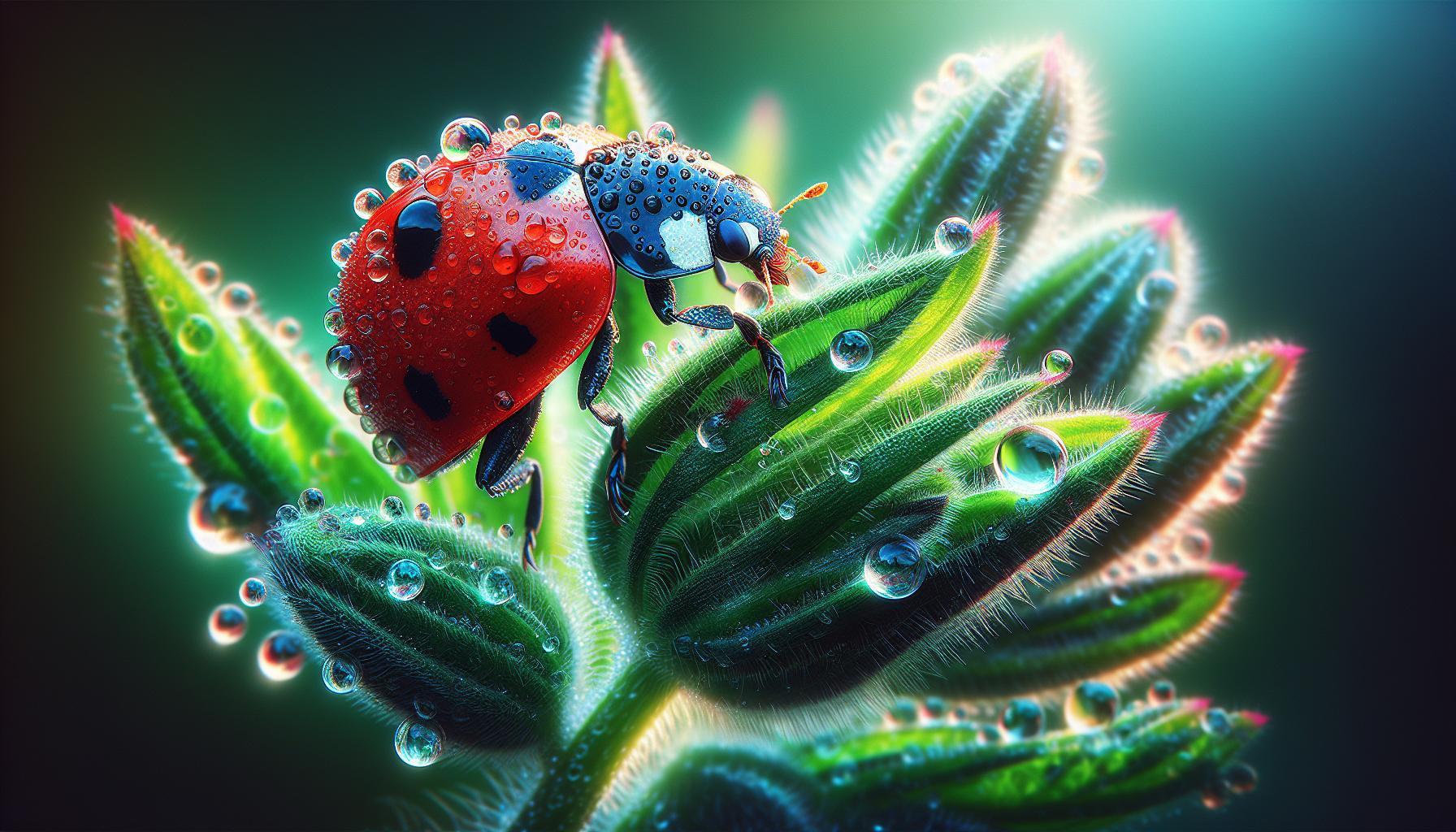-
How to Get Rid of Lady Bugs in Bedroom – Effective Tips You Need to Know
To effectively remove ladybugs from your bedroom, start by sealing entry points like windows and cracks. Use natural repellents such as citrus peels or vinegar to deter them. Regular cleaning and vacuuming also help eliminate existing pests.
-
What Causes Lady Bug Infestation – Everything You Should Know
Ladybug infestations often occur due to favorable conditions like warm weather and abundant food sources such as aphids. These pests can invade homes seeking shelter for winter. Understanding their habits can help in effective prevention and control.
-
Do Lady Bugs Eat Leaves? The Truth About Their Diet
Ladybugs primarily feast on aphids and other soft-bodied insects, not leaves. Contrary to popular belief, they play a vital role in pest control. Research shows that a single ladybug can consume up to 5,000 aphids in its lifetime, making them nature’s beneficial allies.
-
What Kills Asian Lady Bugs? Effective Solutions Revealed
Asian ladybugs can thrive in various environments, but natural predators like parasitic wasps and certain birds can effectively reduce their population. Additionally, maintaining a balanced ecosystem can help manage their numbers sustainably.
-
Where Are Lady Bugs Native To: Discover Their True Origins
Ladybugs, or ladybird beetles, are primarily native to temperate regions of North America, Europe, and Asia. These beneficial insects thrive in diverse habitats, including gardens and forests, where they contribute significantly to pest control by feeding on aphids and other harmful pests.
-
What Are Lady Bugs Good For: Benefits of These Tiny Helpers
Ladybugs, often seen as harmless garden visitors, play a crucial role in pest control. A single ladybug can eat up to 5,000 aphids in its lifetime, making them invaluable for organic gardening. Their presence boosts biodiversity, naturally promoting healthy ecosystems.
-
How Do Lady Bugs Get in the House – Insights and Tips
Ladybugs often invade homes seeking shelter from cold weather, especially in the fall. They can enter through tiny cracks and gaps. To deter them, seal entry points, maintain a clean space, and use natural repellents like citrus or peppermint oils for prevention.
-
How to Attract Lady Bugs: Tips to Bring Them to Your Garden
Attracting ladybugs to your garden can enhance natural pest control. Plant diverse flowers like marigolds and dill, provide water sources, and avoid pesticides. These methods foster a welcoming environment, encouraging ladybugs to thrive and protect your plants.
-
What Do Lady Bugs Mean? Discover Their Hidden Messages
Ladybugs, often seen as charming garden guests, symbolize good fortune and protection across cultures. Their vibrant colors and unique patterns reflect resilience and positivity, inviting us to appreciate nature’s hidden messages of renewal and harmony.
-
What Do Lady Bug Eggs Look Like: A Handy Identification Guide
Ladybug eggs are small, oval, and often clustered together in groups of 10 to 50. Typically yellow or orange, they resemble tiny beads and are commonly found on the underside of leaves. Understanding their appearance aids in recognizing natural pest control in gardens.
-
Are Lady Bugs Yellow: Lesser-Known Colors of Lady Bugs
While ladybugs are commonly recognized for their iconic red and black coloration, they can also be yellow, orange, and even black. In fact, over 5,000 species of ladybugs exist, showcasing a diverse palette. The color often serves as a warning against predators.
-
Does Bug Spray Kill Asian Lady Beetles – Find Out the Truth
Bug sprays can be effective against Asian lady beetles, but results vary by formulation. Research shows that while some sprays target these pests, others may only repel them. It’s essential to choose the right product for effective control.
-
What to Do About a Lady Bug Infestation: Expert Advice
Ladybug infestations can be surprising but manageable. Experts recommend sealing entry points, maintaining cleanliness, and using natural repellents like citrus or vinegar. If necessary, consider professional pest control. Understanding their behavior helps reduce future occurrences.
-
Why Are Lady Bugs Attracted to My House – The Surprising Reasons
Ladybugs are drawn to homes for warmth and shelter, especially in late fall. They seek refuge from cold weather and are attracted to bright colors and light. Understanding their habits can help homeowners manage their presence effectively.
-
Are Lady Bugs Poisonous to Eat: Risks You Should Know
While ladybugs are not poisonous to eat, they can secrete defensive chemicals that may cause mild gastrointestinal distress in some people. Species like the Asian lady beetle contain more potent toxins, so it’s advisable to avoid consuming them altogether.
-
How to Get Rid of Lady Bugs in the Fall – Effective Tips You Need to Know
As fall approaches, ladybugs often seek shelter indoors. To effectively deter them, seal entry points, utilize natural repellents like citronella, and maintain a clean environment to discourage their presence. These strategies can help keep your home ladybug-free.
-
What Do Lady Bugs Eat? Discover Their Favorite Foods
Ladybugs primarily feast on aphids, tiny pests that threaten many garden plants. A single ladybug can consume up to 50 aphids in a day! Additionally, they enjoy other soft-bodied insects and pollen, making them beneficial allies for gardeners.
-
How Much Do Lady Bugs Cost – Your Questions Answered
Ladybugs, often sought after for pest control in gardens, typically cost between $5 to $15 for a few dozen, depending on the species and source. Bulk purchases can save you money, with prices dropping significantly for larger quantities.
-
Do Lady Bugs Eat Strawberries? Garden Myths Busted
Ladybugs are often mistakenly thought to munch on strawberries; however, they primarily feast on aphids and other pests. By controlling these harmful insects, ladybugs contribute to healthier strawberry plants, making them a gardener’s ally, not a foe.
-
Do Lady Bugs Sting: Dispelling Common Misconceptions
Ladybugs, often mistaken for pests, do not sting; they lack stingers. Instead, they may release a foul-smelling liquid when threatened. This misconception stems from their bright colors and protective nature, prompting confusion with other insects.





















